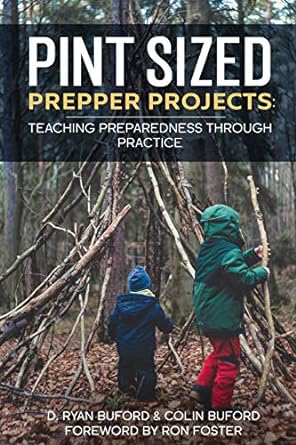How to: Foraging for Summer Edibles 12 - Wild Carrot (Daucus carota)
Share
Video
07/17/2014
This early to mid-Summer edible has a VERY DANGEROUS look-alike, called Water Hemlock that can kill you if eaten! I do not eat wild carrot or Queen Anne's Lace for this reason. Here, I just wanted to show you what wild carrot looks like - I have not found any water hemlock yet.
But to identify Queen Anne's Lace, I keep in mind that "Queen Anne has one purple eye and hairy legs"; meaning, wild carrot generally has a purple dot at the center of the flower head, and its stalk has hairs on it as oppose to water hemlock. Whereas water hemlock has a smooth stalk and a purplish tint at branching sections.The edible part of wild carrot is the whitish tap root in its early stage. If ingested water hemlock shuts down brain communication to the lungs.
Again, this is just for educational purposes I do not eat nor do I recommend others eating plants that have poisonous look-alikes...the margin for error is too thin to be safe.
Also, I point out what a mature plantain plant with flower stalk looks like. The flower stalk releases tiny black seeds that many have taken the time to harvest and grind into flower...I have not done it. The caloric input does not balance well with the caloric output.
The plants featured are:
Wild Carrot (Daucus carota)
Plantain (Plantago spp.)
========================
FORAGING RULES:
1). Only harvest plants that you have 110% positively identified.
2). Only harvest from areas where you have permission to do so.
3). Only harvest from areas you know are not sprayed, contaminated, or polluted.
4).Only use your harvest after they have been well washed in water.
5). Only ingest small amounts at first; If you choose to do so it is AT YOUR OWN RISK! DO NOT use this short video as the source of truth...DO YOUR OWN RESEARCH and/or find someone in your area who is knowledgeable and competent
#5 is especially important if you are new to wild foraging. Aside from the obvious dangers of thistles, poison ivy, poison oak, and deadly water hemlock...Many wild plants contain off the charts vitamins and minerals which might create a shock to your system...considering the nutrient count of your average domesticated vegetable foodstuffs.
Also and adendem to rule #1 is follow Green Deane's of EatTheWeeds I.T.E.M-ize Rules:
(I)dentify the plant beyond doubt....be sure it is the right
(T)ime of year. Check its
(E)nvironment. This involves two things. One is making sure it is growing in the right place. The other is making sure the plant is getting clean water and is not in polluted soil. And then...
(M)ethod of preparation.
SORRY - There are no steps for this How-To. Please check back later. Or drop me a line at
TheUrbanAbo@gmail.com to let me know you wanna see this one fleshed out.







